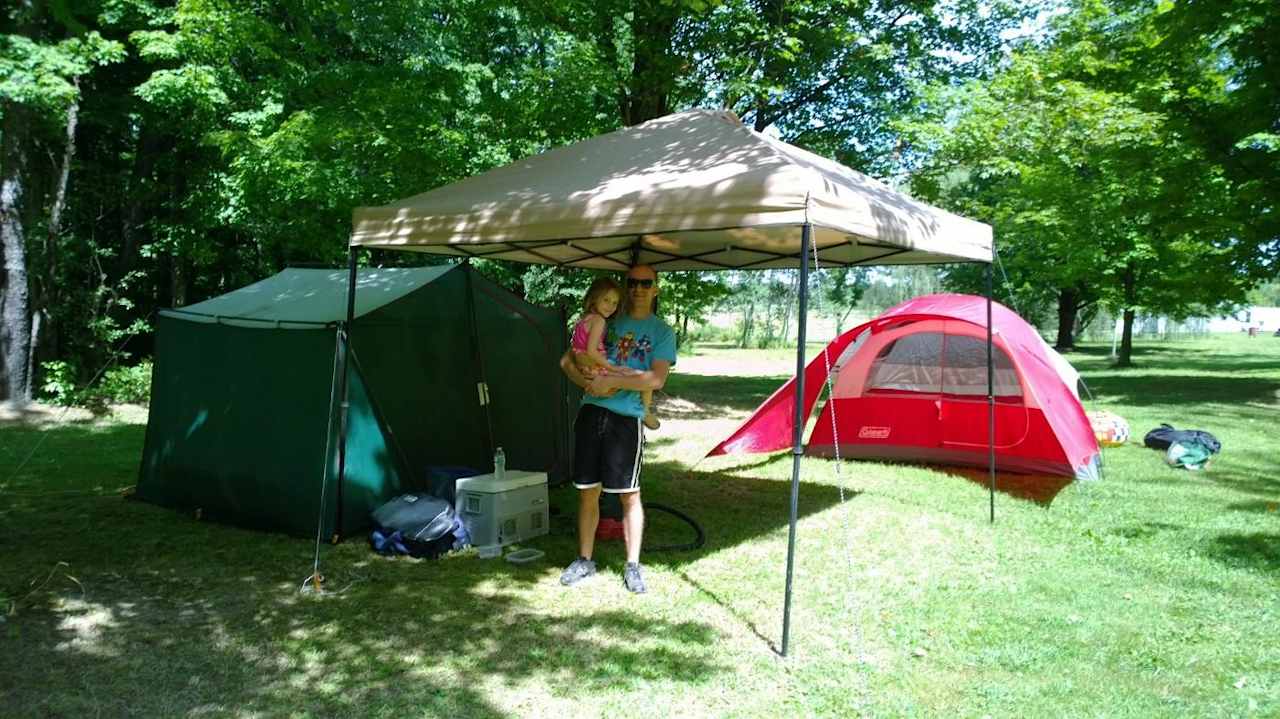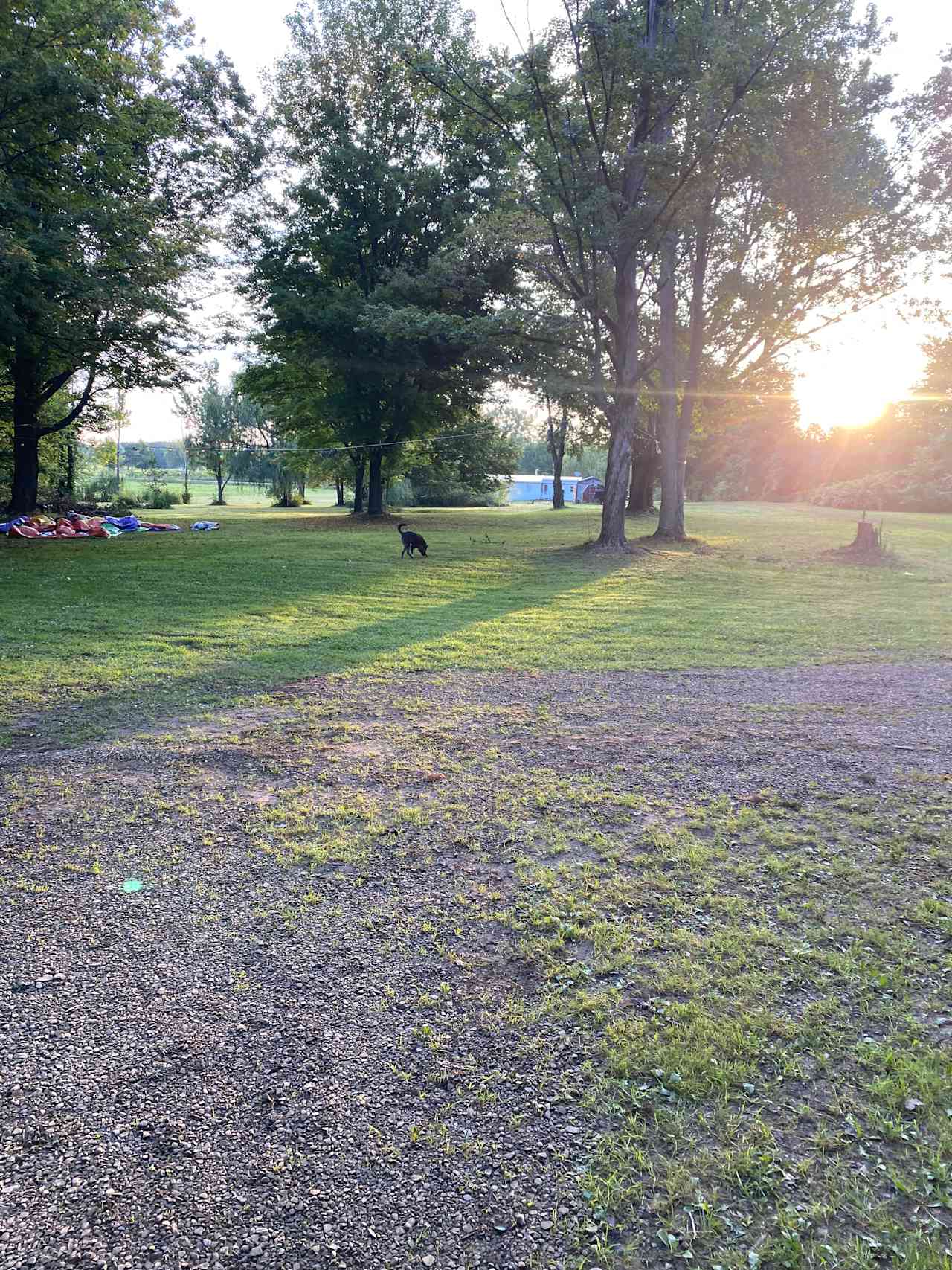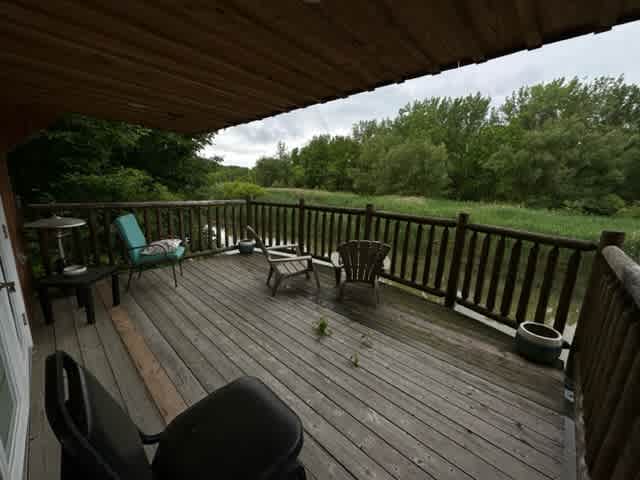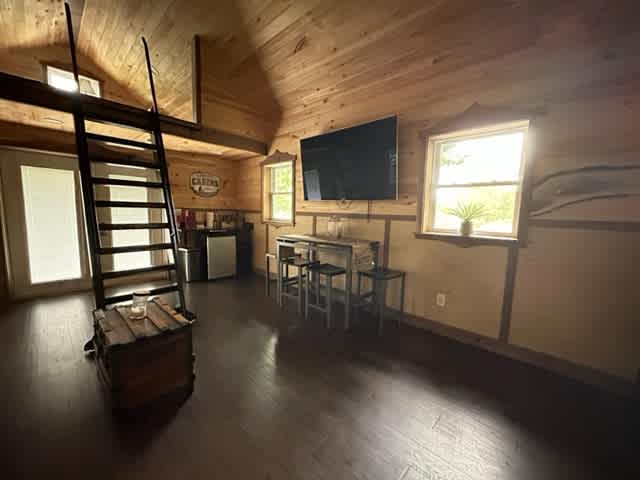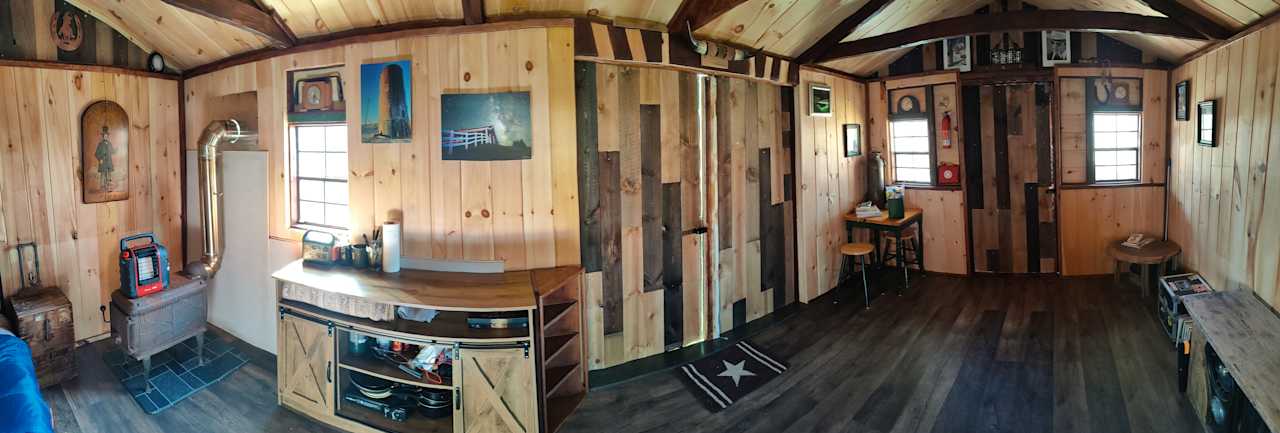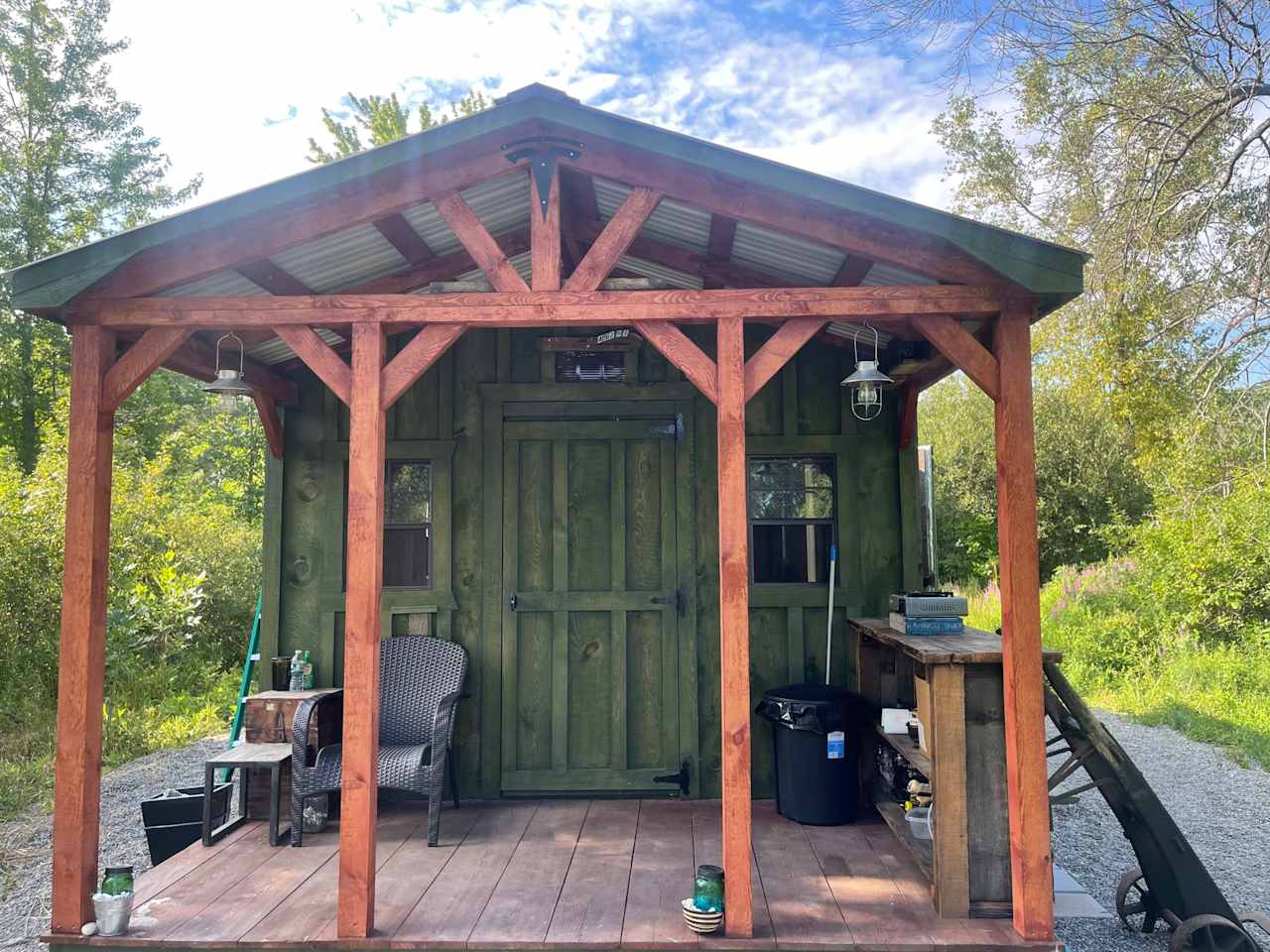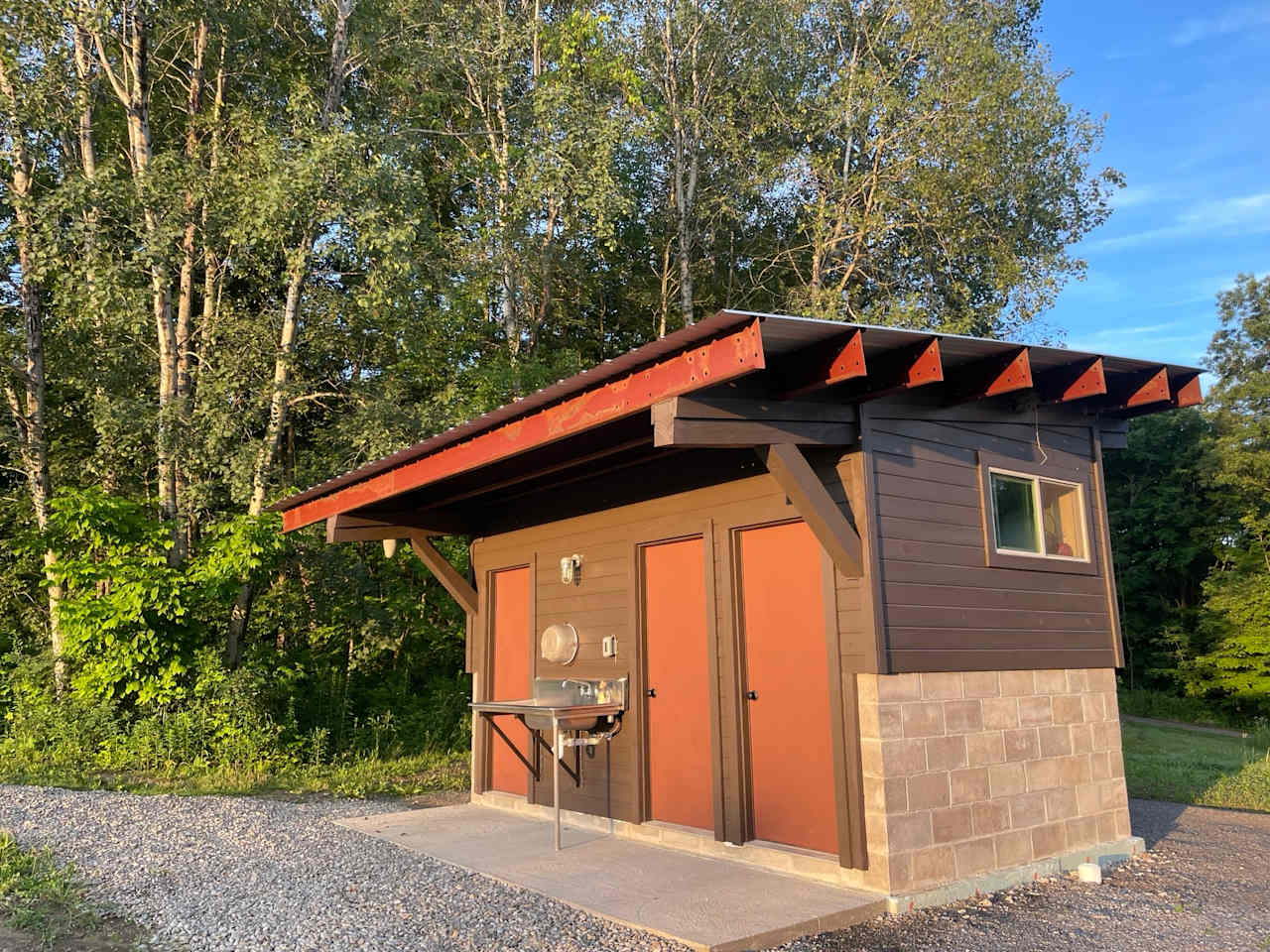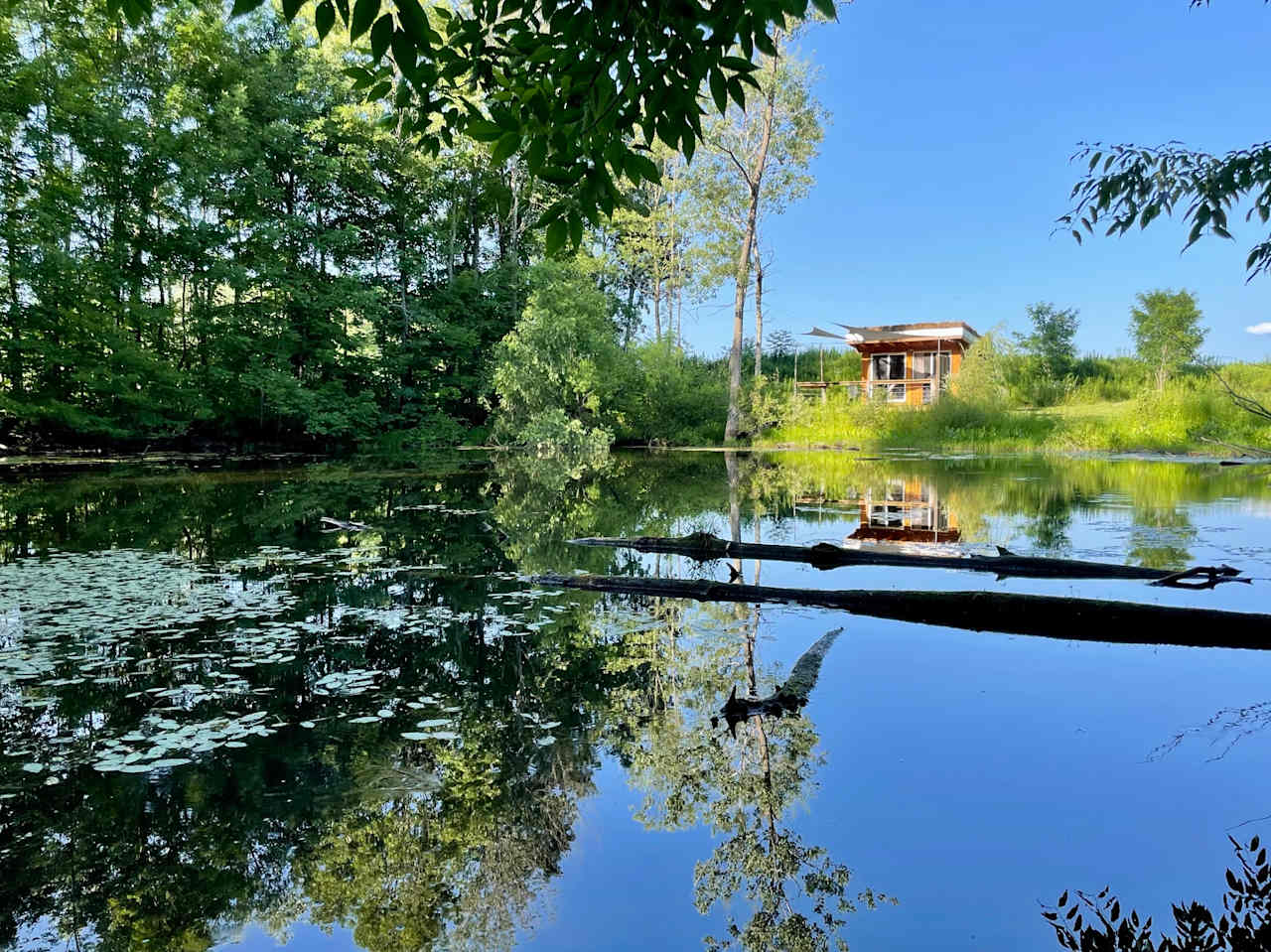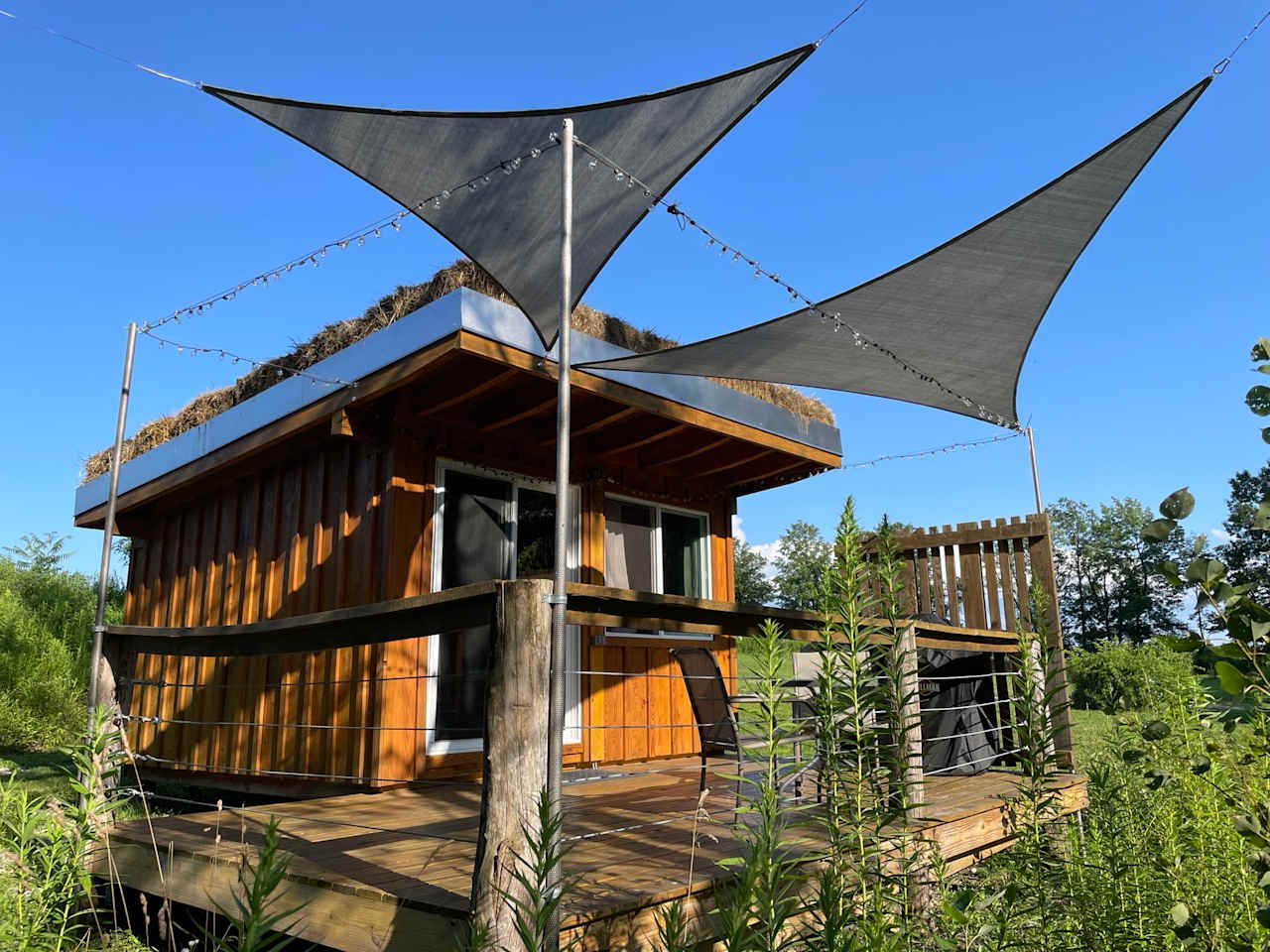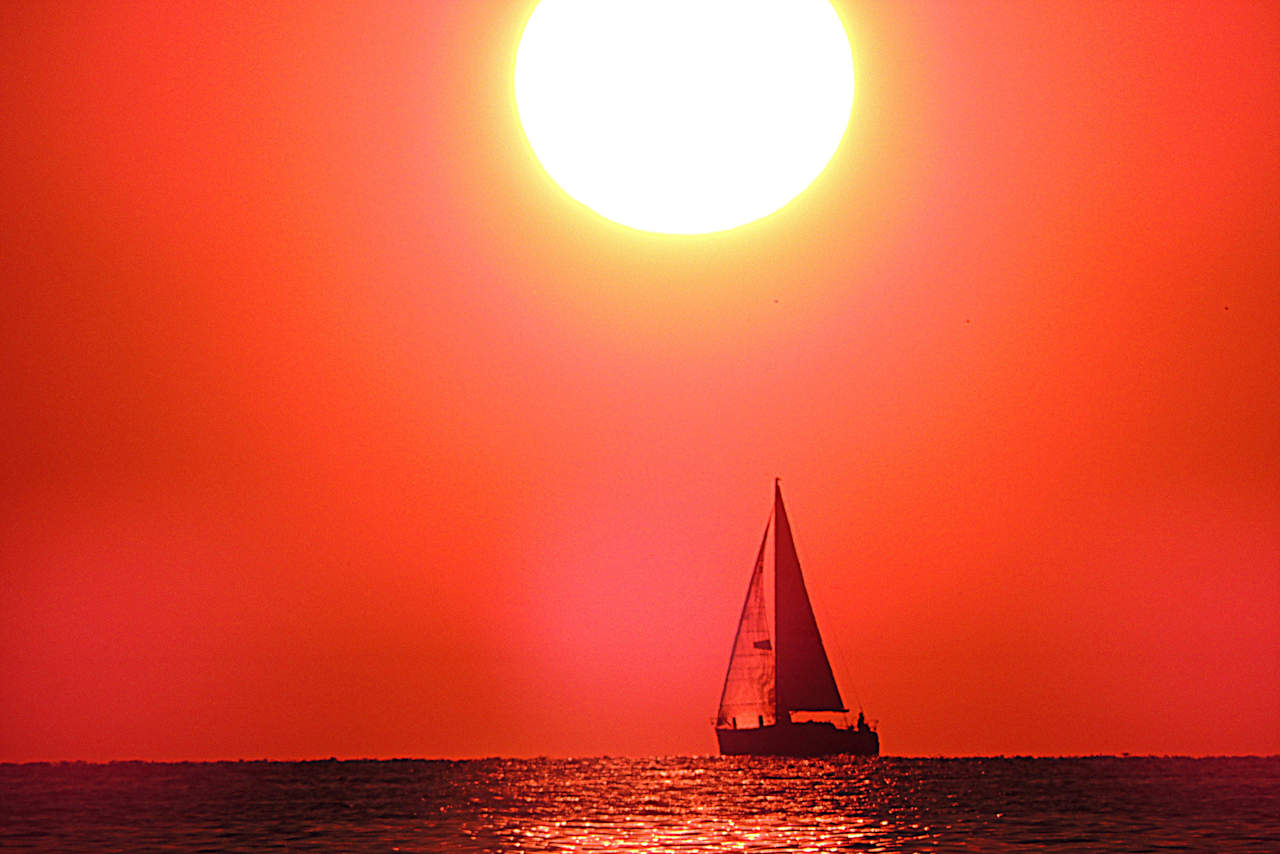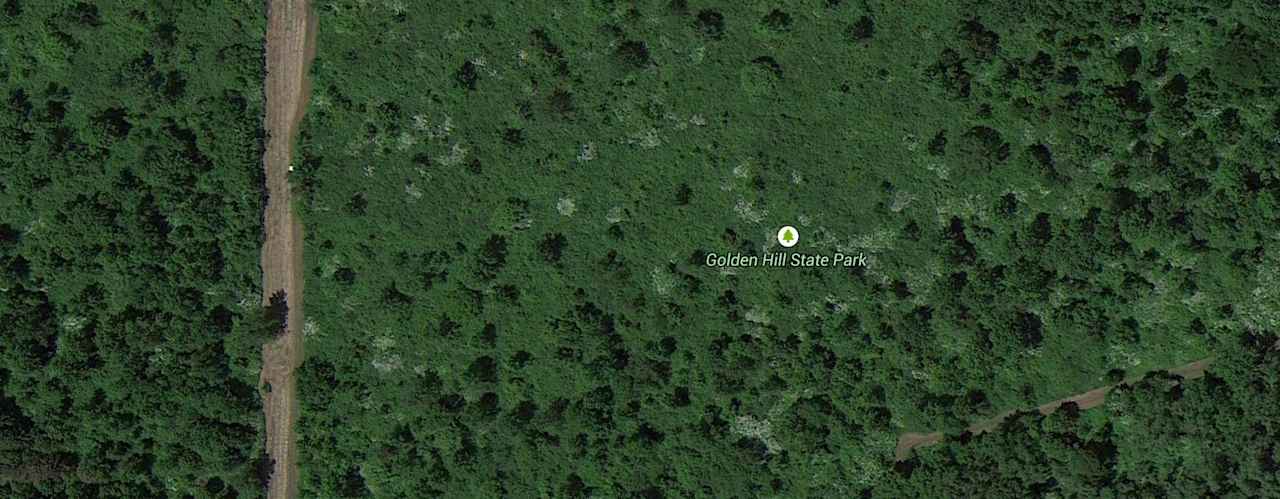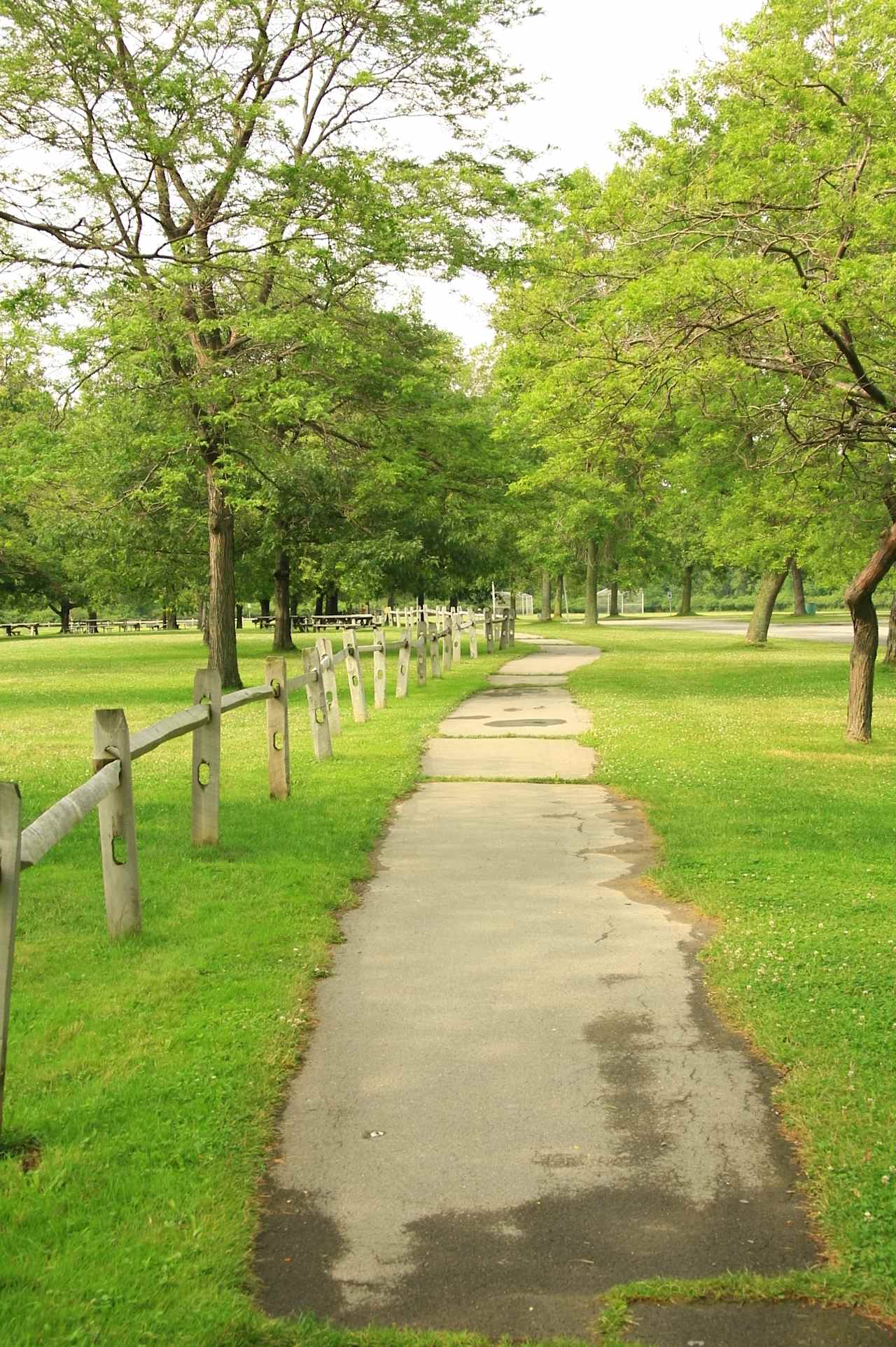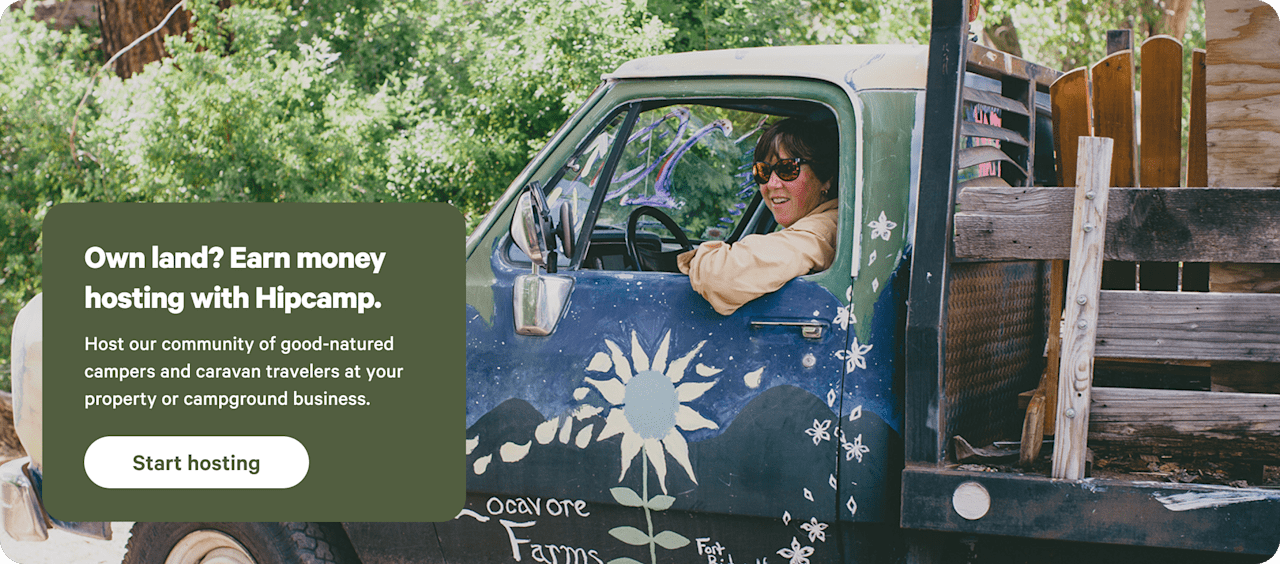Popular camping styles for Niagara-on-the-Lake
Available this weekend
5 top cabins sites near Niagara-on-the-Lake
Nearby parks
Explore the area’s public lands.


Cabins near Niagara-on-the-Lake guide
Overview
Walking down Queen Street in the Heritage District feels a little like strolling through a 19th-century storybook with whimsy shop names, galleries, ice cream shops, and a much-photographed clock tower right in the middle of the road. You’ll find culture (in the form of the Shaw Festival) plus plenty of history to explore—set on the shores of Lake Ontario, Niagara-on-the-Lake was once Ontario’s capital, and several battles of the War of 1812 were fought nearby. It’s a perfect starting point for visiting some of the hundreds of area wineries and thousands of park acres. And of course, Niagara Falls is just down the road.
Where to go
Dufferin Islands
Small but mighty, this 10-acre park sits within earshot of the roaring Niagara Falls. Stroll the trails, which run on footbridges between creeks, ponds, and tiny, picturesque islands. Bring your birding books to help you identify some of the abundant avian life here—the region is one of the best in the province for birders, with hundreds of birds living and migrating through every year.
Queenston Heights
Today, this 1812 battle site is much more. You’ll see the monument to General Isaac Brock long before you get here—especially if you’re biking up and down the Niagara Parkway, which skirts along 100-meter cliffs. Walk around the gardens and spend some time at Landscape of Nations, a tribute to the Indigenous peoples who fought on this site.
Fort George National Historic Site
Just beyond the center of town, history comes alive at this site where costumed interpreters take visitors through the events of more than 200 years ago. Enjoy the music of a drum and fife corps and take in a musket demonstration, then hike or bike a series of trails that link Fort George with other nearby historic sites.
Rock Point Provincial Park
This park set on Lake Erie packs a punch when it comes to activities. Swim along the kilometer-long beach, hike the two-kilometer Woodlot Trail, fish for bass and pickerel from the limestone outcrops, and explore fossils on a 350-million-year-old former coral reef.
When to go
Summer is the heart of high season, and July and August tend to be hot, humid, and very busy, especially on weekends, when you should book well in advance. Late spring is warm but potentially buggy, so pack a little spray. In autumn, the deciduous forests burst into a million shades of gold, red, and orange, although evenings get cold and dark quickly. Many facilities operate on a limited schedule in winter, but the cold months are perfect for anyone who enjoys skiing or skating.
Know before you go
- Queen Elizabeth Way—the main highway that connects Niagara-on-the-Lake with Toronto—becomes extremely busy in summer, especially on Fridays (headed west) and Sundays (headed east). Plan your drive around peak times.
- If you want to leave the car at home, GO Transit operates regular rail service between Union Station in Toronto and the central train station in Niagara Falls, about 20 kilometres south.
- E-bikes are a perfect way to explore the town and surrounding wine region. Rent them in Niagara Falls.
- You can find many places to stock up on camping gear in larger nearby cities like St. Catharines.

